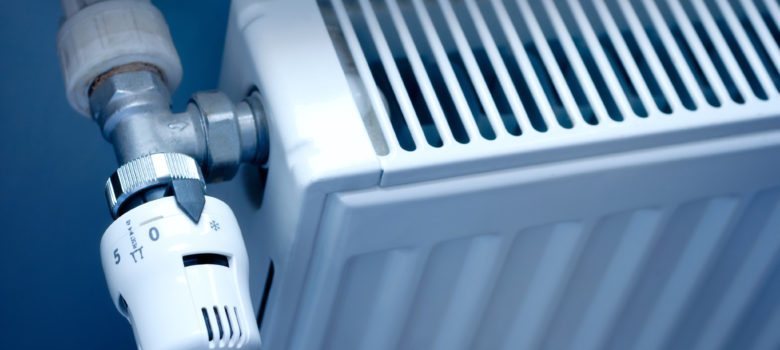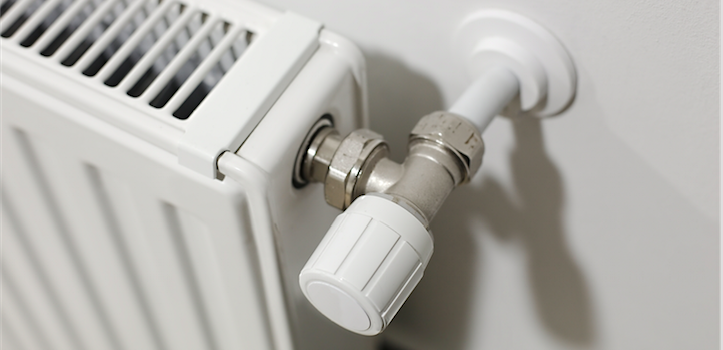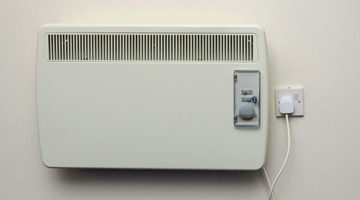
Thermostatic radiator valves are an easy way to increase your control over the temperature of your home and save yourself money on your energy bills.
What do thermostatic radiator valves do?
If your current heating system contains of just one centralised boiler and just one thermostat, thermostatic radiator valves allow you to heat your home more efficiently and not waste heat on unoccupied rooms. Energy savings resulting from using TRVs have been calculated as high as 40%. Realistically, they are difficult to estimate due to a high variety of variables such as in the efficiency of radiators, insulation and how many rooms they are installed in.
Fitting TRVs can also help you create a more comfortable environment. For instance, if you want to be warm while you’re watching TV, but prefer your bedroom cooler for when you want to sleep, you can change the settings on your TRVs to reflect this. Or you might not want the heating on full-blast in your kitchen while you’re cooking.
It’s all to do with ‘zoning’ your home. Closing doors to create separate ‘zones’, and controlling the temperature of those rooms using individual TRVs, allows you to heat them to different temperatures. This way, you won’t need to waste money heating the hallway, or rooms you’re not going to be in, to as high a temperature as the main rooms you’re using.
The only place we wouldn’t recommend installing a thermostatic radiator valve is in your bathroom, because temporary heat from a shower or bath may cause it to shut off when you don’t want it to. The other thing worth bearing in mind is that TRVs can be easily misled by draughts, making them misread the overall temperature of the room. For this reason, radiators with TRVs would ideally be installed away from windows and doors.
How do thermostatic radiator valves work?
TRVs work by controlling the flow of hot water into radiators. They contain a sensor, made from either wax or liquid, which expands/contracts depending on the air temperature around them. Once the temperature has reached the level you have chosen on the valve’s dial, it closes and stops hot water from the boiler entering the radiator. Liquid is more receptive than wax, and therefore these models tend to be a little more expensive.
How much do thermostatic radiator valves cost?
Standard TRVs cost £10-30 each, plus installation. They can be fitted quickly by an expert and require minimal maintenance. They couldn’t be easier to use; simply turn them up or down, depending on the temperature you want to achieve!

Installing TRVs is an easy and relatively cheap change which can decrease bills and increase the thermal comfort of your home.
Think we missed something? Do you have a different opinion?
Comment below to get your voice heard…













Really enjoying the content on your website and yes 100% a TRV is worth it!
Thanks Kevin, agreed a TRV on each radiator gives you a huge amount more control over your heating – and this added control should allow you to save money on your heating bills – so worth doing!